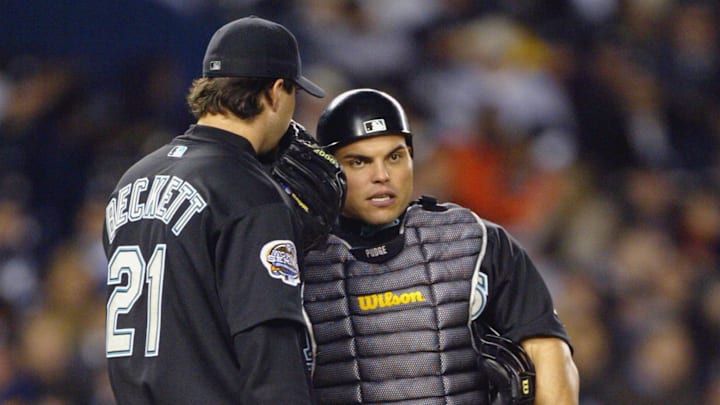Number 4: Ian Kinsler
Ian Kinsler was a long-time second baseman for the Rangers. He was a 17th-round draft pick in 2003. He went right through the minor leagues in two and a half seasons and made his debut on the Opening Day of 2006. He quickly became a fan favorite and one of the best second basemen in team history. He was one of the leaders of that group that went through the rebuilding phase that started in 2007 that saw the Rangers win consecutive AL Pennants in 2010 and 2011.
In the 2013 season the Rangers lost a one-game playoff to the Tampa Bay Rays, behind a dominant performance from David Price. After the season the Rangers made two fateful decisions that limited how good the team would be for the rest of the decade. They let right-fielder Nelson Cruz walk in free agency after his steroid suspension. Then they decided they needed more power in the lineup and so they traded Ian Kinsler to the Detroit Tigers for Prince Fielder. It was a terrible trade the moment it happened and it became even worse over time.
The Rangers had planned for Jurickson Profar to take over second base. Unfortunately, Profar would suffer a shoulder injury in spring training that kept him out for two full seasons, 2014-2015. He came back in 2016 as a part-time utility player.
Kinsler would go on to play nearly every day for five more seasons and then was a part-time player for the Padres in 2019 before retiring. He made one more all-star team and won two Gold Gloves after being traded.
Prince Fielder would miss most of 2014 with a neck injury. He would help the Rangers to a division title in 2015 and then be forced to retire in 2016 with a reoccurrence of his neck injury.
